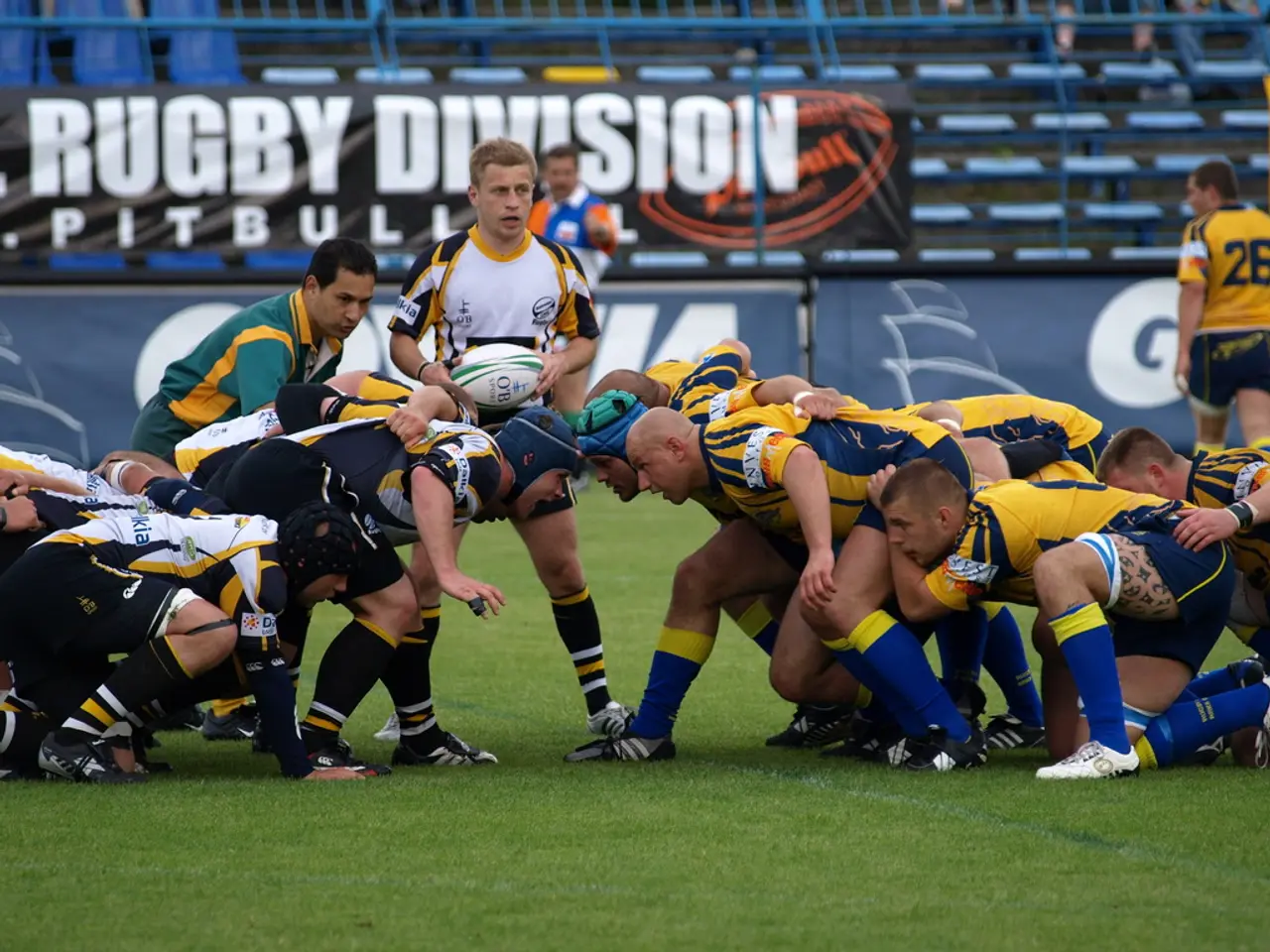Chaotic Behavior in Rugby League Mirrors Bigger Social Trends
Rugby League, a high-impact sport characterised by physical contact and strategic gameplay, serves as a mirror of societal norms, with aggression often accepted and even celebrated in the sport. This article explores the intricate relationship between social norms and aggression in Rugby League, focusing on player behaviour on-field, fan violence off-field, and the ethical framework governing the sport.
Player behaviour and aggression
Rugby League, like other rugby codes, traditionally values physicality and toughness. However, social norms around violence and aggression heavily influence how players express this. Aggression sometimes escalates beyond acceptable limits, leading to dangerous play and conflicts that challenge the sport’s core values of respect and sportsmanship. Player conduct is shaped by cultural expectations of masculinity and competitiveness, which can normalize harsh physical engagement or retaliation during matches.
Fan violence
Social norms within rugby communities also affect spectator behaviour. In various instances, fan aggression has been partly driven by permissive or fragmented social controls and institutional failures to enforce clear, consistent sanctions and safety measures. Social expectations around tribal or school loyalty sometimes escalate into hostile, even drunken violence, underscoring a need for preventive governance and cultural re-education campaigns to foster respect and safety.
Ethics and governance in sport
The diffuse responsibility among governing bodies for controlling aggression—both on and off the field—reflects social norms regarding accountability and discipline. Without clear, enforceable sanctions tied to player, team, and fan behaviour, social norms that tacitly condone aggression persist. Reform suggestions emphasize the need for professionalising match-day safety, protecting referees, and long-term cultural change through education involving players, alumni, and parents.
Social norms beyond aggression—gender and ethics
Rugby is also a site where broader social norms impact experiences of sexism and gender equity. Despite progress, women in rugby still face misogynistic attitudes and inequalities that affect both player welfare and fan culture, indicating that ethical challenges extend beyond physical aggression. Initiatives combining rugby and social development, like programs to combat gender-based violence and promote respect, show how altering social norms through sport can foster positive social impact and reduce harmful aggression in its broader sense.
In conclusion, aggression in Rugby League is deeply intertwined with social norms that influence player behaviour, fan conduct, and institutional ethics. Addressing aggression effectively requires not only stricter enforcement and safety protocols but also cultural re-education to shift the underlying norms that tolerate or encourage violent and disrespectful behaviours. Efforts to promote gender equity and social responsibility through rugby also play a crucial role in reshaping these norms for safer and more ethical sporting environments.
References: 1. The Impact of Social Norms on Aggression in Rugby League 2. Gender Equity in Rugby Union: An Analysis of the Role of Coaches 3. Breaking the Cycle: Using Rugby to Combat Gender-Based Violence in South Africa 4. Promoting Respect and Fair Play in Rugby Union: An Exploration of the Role of Coaches
Read also:
- Court petitions to reverse established decision on same-sex marriage legalization
- Commemoration of 200 Days of American Resurgence Unveiled
- Minister Bärbel Bas expresses doubts about her tenure as a minister following a recent interview during the summer.
- Politicians from both Republican and Democratic parties are urging President Trump to maintain the security agreement with Australia and the United Kingdom.








